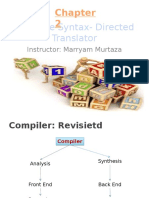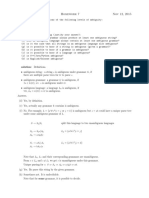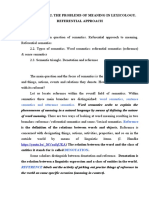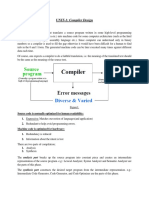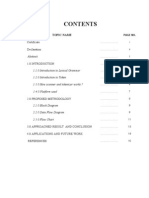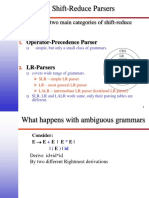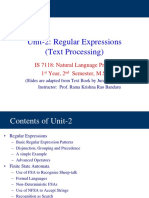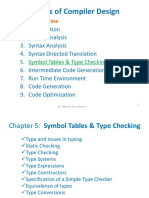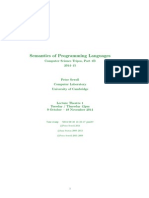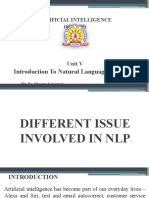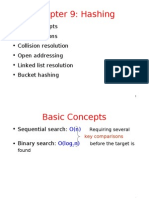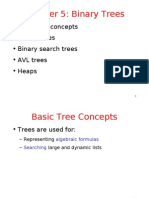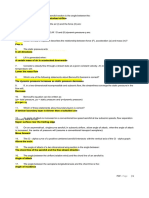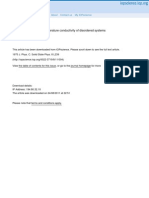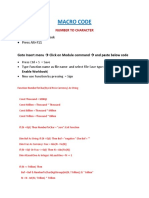100% found this document useful (1 vote)
451 views51 pagesPrinciples of Programming Languages: Syntax Analysis
This document discusses syntax analysis in programming language compilers. It begins by introducing context-free grammars and how they are used to specify the syntax of a language. It then presents an example grammar for arithmetic expressions and discusses how grammars can be written to enforce operator precedence and associativity. The document explains parsing as the process of validating that a string of tokens is syntactically correct according to the grammar. It notes that ambiguity, where a string has more than one parse, can be problematic for parsers. Finally, it shows how the example expression grammar can be modified to eliminate ambiguity.
Uploaded by
mrbkiterCopyright
© Attribution Non-Commercial (BY-NC)
We take content rights seriously. If you suspect this is your content, claim it here.
Available Formats
Download as PDF, TXT or read online on Scribd
100% found this document useful (1 vote)
451 views51 pagesPrinciples of Programming Languages: Syntax Analysis
This document discusses syntax analysis in programming language compilers. It begins by introducing context-free grammars and how they are used to specify the syntax of a language. It then presents an example grammar for arithmetic expressions and discusses how grammars can be written to enforce operator precedence and associativity. The document explains parsing as the process of validating that a string of tokens is syntactically correct according to the grammar. It notes that ambiguity, where a string has more than one parse, can be problematic for parsers. Finally, it shows how the example expression grammar can be modified to eliminate ambiguity.
Uploaded by
mrbkiterCopyright
© Attribution Non-Commercial (BY-NC)
We take content rights seriously. If you suspect this is your content, claim it here.
Available Formats
Download as PDF, TXT or read online on Scribd
/ 51

